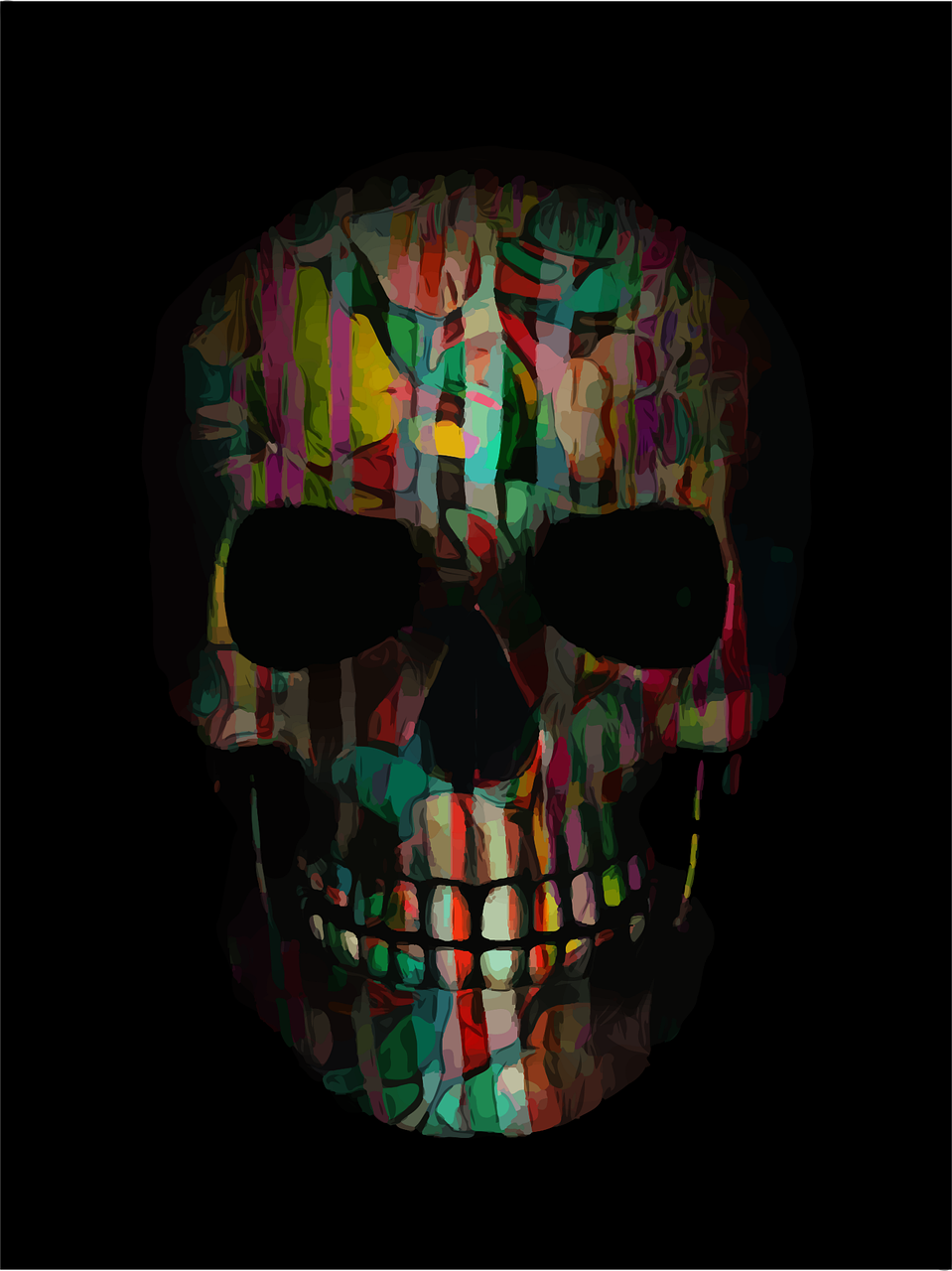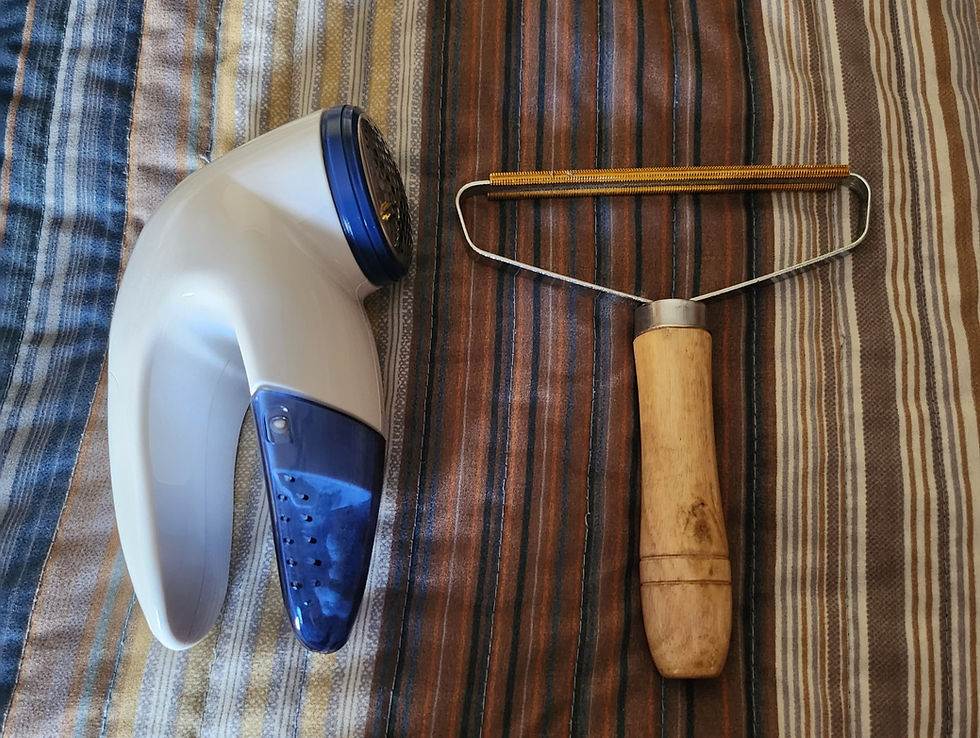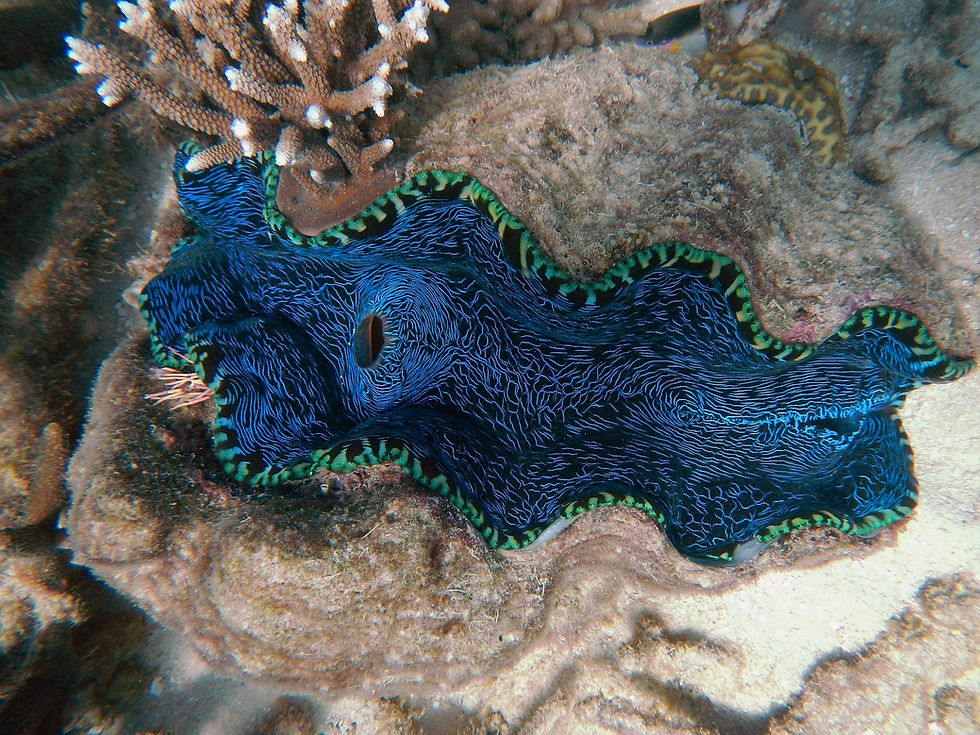Horrific Show and Movie Gags I Wish Would Die | Personal Opinion
- PracticalPisces
- Jan 17, 2023
- 5 min read
Updated: Jan 29, 2023

There are some tropes that writers use to communicate a message or to deliver just desserts that keep me up at night. I have no idea why some creators feel that crafting horrific imagery is the best way to get their point(s) across when there are several alternative methods that will accomplish the same goal. Allow me to make my case.
Molecular Mashup
My least favorite trope in fiction. As the name suggests, this involves the main character(s) or villain(s) having their molecules rearranged and/or mixed with another character's. It is often done to make the main characters learn a lesson or to deliver a punishment to the villain(s).
In the former case, which is often done to communicate how important teamwork is, the writers seem to not understand the concept of autonomy. Forcing two or more people to work together, because they literally have no choice but to, increases the chance that they will hate every second of it and not want to do so again (Aesop Amnesia), especially since it would make sense if they were traumatized as a result of having their biology warped and bodily autonomy revoked. Take The Emperor's New Groove for example. Kuzco did not save Pacha's life because it was necessary for his own survival (especially since his original plan was just to have the latter lead him to the palace and then imprison him in the dungeon and he was ready to abandon Pacha when he felt that he had things handled), but instead out of genuine empathy. Letting people realize that they need each other on their own is more powerful than giving them no other choice.
In the latter case, you can punish the villain without punishing the viewer. Seeing the antagonists mutate into a horrible abomination instills terror within me. It does not make me think "ha! That is what you get!" Just make the bad guy suffer a humiliating defeat. For example, in the Penn Zero Episode "Massive Morphy Merge Mechs" the heroes and villainous duo, as giant robots, fuse together and must work together to accomplish the mission. Like I mentioned before, the team-up is done begrudgingly and the villain, Rippen, continues to despise the hero, Penn, afterwards. Also, the episode "Save the Worlds" has Rippen agree to work with Penn again out of fear of being trapped in the empty black void of the super vortex found in the Dinosaur Cowboy World. Being forced to work together never improved the hero-villain relationship.
Put simply, if you are a fan of warping and/or fusion body horror, we cannot be friends.
Note: These are examples that come to mind. For my own sanity, I will not be looking up episodes whose titles escape my mind just to fill this list.
Examples: SquidBob TentaclePants & Neptune's Spatula (mild until the end (former) and very annoying (latter), SpongeBob SquarePants), The Crawling Flesh & Rookie of the Year (mild and avoid respectively, Buzz Lightyear of Star Command), Voyage to the Planet of the Bikers (mild, My Life as a Teenage Robot), Sole Brother (avoid, Dexter's Laboratory), Crazy Mixed-Up Puffs (avoid, Powerpuff Girls), Saturday Night Lies & Story Tank (God help us, Henry Danger), Some Episode of Tuff Puppy (you have been warned), The Teleporter Episode (sigh, Pinky, Elmyra, and the Brain), etc.
Second-Head Ed
As the name suggests, this is when a character grows a second head as a gag or as a result of a scientific experiment gone wrong. It can sometimes be done to teach a moral, but like the above, the message can be delivered without freaking out the viewer. There is never a need to ignore what someone wants to do with their own body and make them bend to the will of another. Revoking bodily autonomy is nightmarish and the reason why victims of sexual assault or worse often suffer from PTSD. Teach your moral without revoking one's independence!
Note: Characters established to be conjoined do not apply here (unless it happened due to a stupid incident and is supposed to be a source of comedy).
Examples (of the above): Zak & Wheezie (Dragon Tales), Satin and Chenille (Dreamworks Trolls), Terri and Terry (Monsters University), Double Dan (Ralph Breaks the Internet), etc.
Examples (of shows that have this trope at least once): Jimmy-Timmy Power Hour (Jimmy Neutron & Fairly OddParents), Back at the Barnyard, Cat Scratch, Tuff Puppy, etc.
Sentient Blemish
A close cousin to the above, this is the case where a mole, zit, cyst, or boil on someone's face or body obtains sentience for the sake of a gag or the plot of an episode (I have personally never seen this trope carried out for the entire runtime of a film and you have my sympathy if you have). Having a blemish is annoying enough; there is no need to make imperfection come to life and have more attention drawn to it. Who wants a blemish with personality? Again, if the moral is that you do not have to feel ashamed of your imperfections, why not convey that without the use of body horror? How about pointing out the uniquity that comes with the growth of moles, black heads, pimples and the like? Because of genetics, acne and other changes in skin structure and/or color will not appear the same on every face. There you go, a message about uniqueness using basic science and logic. This also applies to Humanistic Hair wherein the parameters of this trope are applied to someone's locks/mane. For example, there is "Hairicane" from the Fairly OddParents.
Examples: A-Zit (Animaniacs 2020), "Pop Me and We Both Go Down" (Wizards of Waverly Place), Elmer's Boil (a mild example, The Fairly OddParents), etc.
Glorified Gladiator Gore
This makes me think that the creator of the movie or show needs to be psychologically evaluated. Some people go out of their way to make deaths, regardless of the chosen medium, as graphic and stomach-churning as possible. Horror movies and games are the most obvious examples of this trope. The goal is to shock the viewer/player using their fear of death and dislike of seeing beloved characters ripped or hacked to shreds. If you are like me, even seeing unlikable secondary characters, which are usually and purposely tropes, get gored is upsetting. It is possible to get the point across that someone perished without showing every bit of their violet end. In fact, leaving the viewer to imagine the final moments of the character's life can be more successful than directing it.
Alternatively, the director could show the death through the use of silhouettes or imply it with well-planned camera angles. Take Disney's Tarzan for example. You can see the bodies of Tarzan's parents inside of the tree hut at the beginning and you know exactly what happened to Clayton at the end since he ends up suspended by a vine and becomes inanimate quickly afterwards.
Examples: Whatever You Manage to Come Up With (Your Experience).
May you have the sweetest of dreams!




_edited.jpg)





Comments